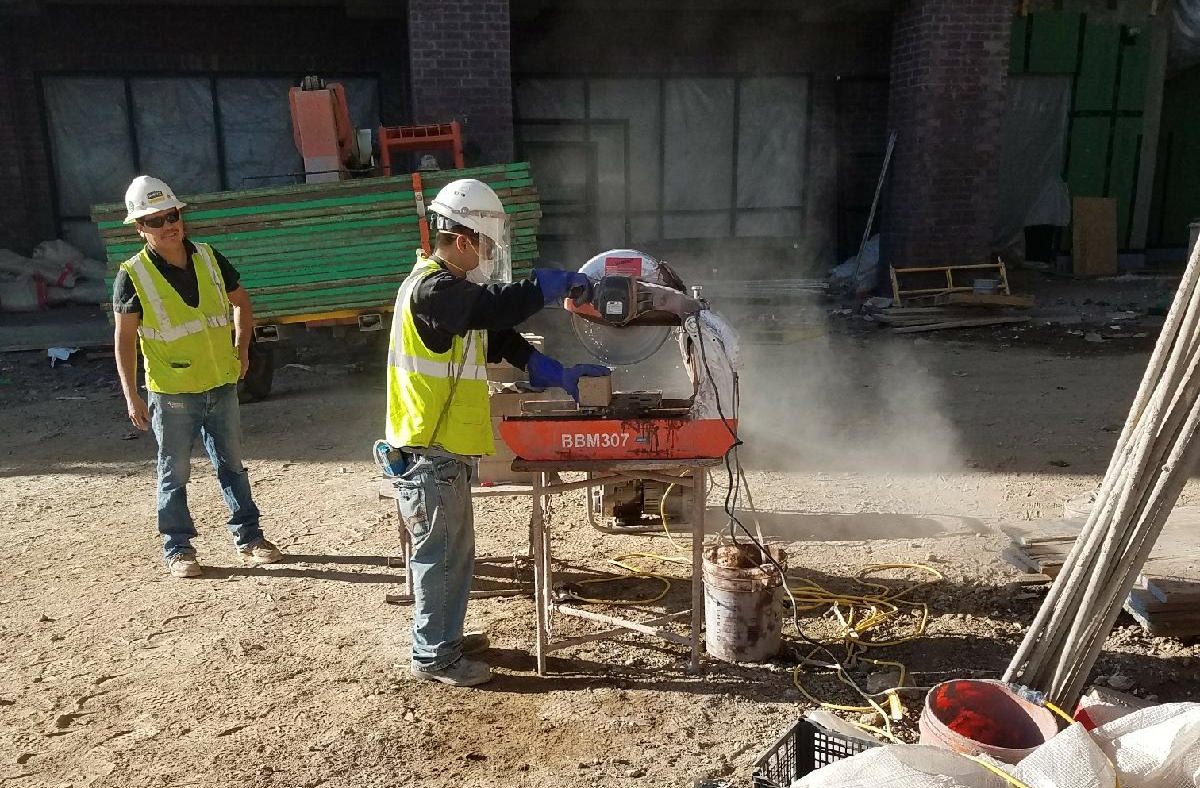If numerous impacts including change orders, directives, differing site conditions, RFI’s, work suspensions, and disruptions affect a construction project, the overall effect of these events is usually greater than the sum of the effect of individual events. Construction claims that occur under such circumstances are referred to as cumulative impact claims. Construction contracts may bar any compensation beyond the summation of damages caused by individual impacts, but if not, establishing proper causation and using an appropriate methodology for calculating damages play important roles in successful cumulative impact claims.
Challenges with Cumulative Impact Claims
The nature, significance, impact, and frequency of impacts need to be assessed before analyzing any case of cumulative impact; therefore, determining the exact criteria that qualify a construction claim as a cumulative impact claim can be challenging. No cumulative impact claim can be successful unless it can be demonstrated that the cumulative impact of frequent and excessive changes impacted the project to a degree that resulted in cost overruns. As mentioned before, establishing cause and effect relationships for demonstrating causes for impacts is paramount. By proper use of cause and effect techniques, well-established causation should clearly indicate how changes impacted the claimant’s performance.
Sufficiently documenting cumulative or synergistic effects caused by the impact events is critical; however, establishing the presence of the “ripple effect” on the claimant’s performance does not solidify entitlement. The real difficulty when pursuing a cumulative impact claim comes when the claimant must prove its damages stem from the events making up the cumulative impact claim. This process almost always requires the very difficult task of segregating the cost overruns attributable to the claimant’s own issues. The difficulty of performing such segregation is what dooms most cumulative impact claims. If a claimant is able to overcome the above-noted hurdles and adequately establish entitlement, the next task is to quantify the damages.
Methods for Assessing Cumulative Impact Claims
Depending on the nature of the events comprising the cumulative impact claim and available job cost data, various methods such as total cost method, modified total cost method, measured mile method, actual cost method, causation methods, or jury verdict method may be used for assessing cumulative impact claims. These methods can be used under the following circumstances:
If it can be demonstrated that the additional costs are exclusively the responsibility of the owner, or when other methods cannot be applied for any reason, the total cost method is used to assess cumulative impact claims. The modified total cost method, however, takes into account both costs that are the responsibility of the contractor and those that are the responsibility of the owner. Examples of these costs may include unreasonable actual costs, bid errors, and other contractor-caused increased expenses.
The measured mile method is the best choice of damage calculation method when enough data exists to compare productivity during an un-impacted time frame with productivity during an impacted time frame. On the other hand, when actual costs of the project can be traced by keeping track of additional expenses on the original contract work the actual cost method is used. In the case of complex productivity claims, advanced simulation tools based on establishing cause and effect relationships between delay-causing events and increasing costs are recommended. Finally, if strong proof exists to indicate that the contractor suffered additional expenses but none of the damage calculation methods described above can be used with any certainty, using the jury verdict method is usually the last resort for the contractor.
How Can VERTEX Help?
Construction cumulative impact claims are complex and challenging but construction practitioners can overcome many hurdles by selecting a proper method of calculating damages. Using effective cost engineering, cost-accounting, and other record keeping methods can play a vital role in preventing many of the proof problems that usually arise following the submission of construction cumulative impact claims.
To learn more about VERTEX’s Construction Claims Consulting services or to speak with a Construction Expert, call 888.298.5162 or submit an inquiry.
AUTHOR
Amin Terouhid, PH.D., PMP, DRMP, PSP
Senior Project Manager



